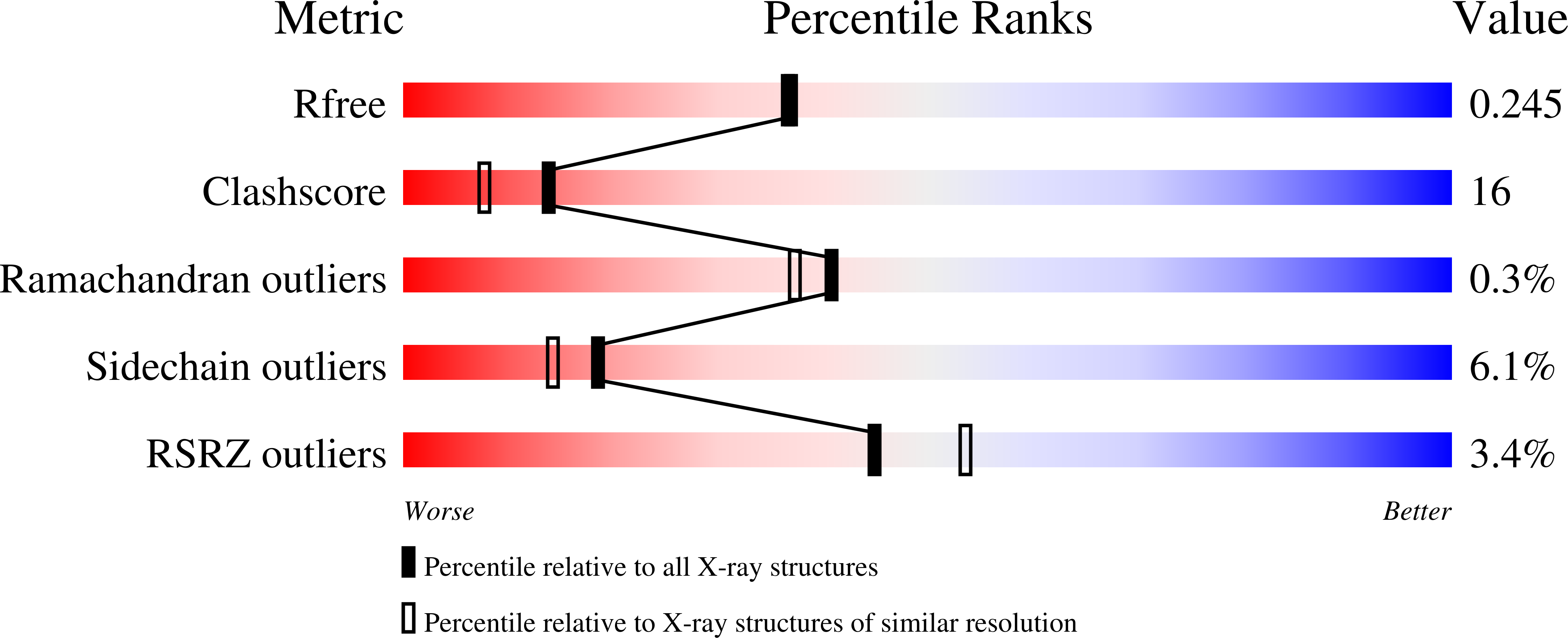
Deposition Date
2014-10-30
Release Date
2015-01-21
Last Version Date
2023-11-08
Entry Detail
PDB ID:
3X17
Keywords:
Title:
Crystal structure of metagenome-derived glycoside hydrolase family 9 endoglucanase
Biological Source:
Source Organism:
uncultured bacterium (Taxon ID: 77133)
Host Organism:
Method Details:
Experimental Method:
Resolution:
2.15 Å
R-Value Free:
0.24
R-Value Work:
0.18
R-Value Observed:
0.18
Space Group:
P 21 21 21


